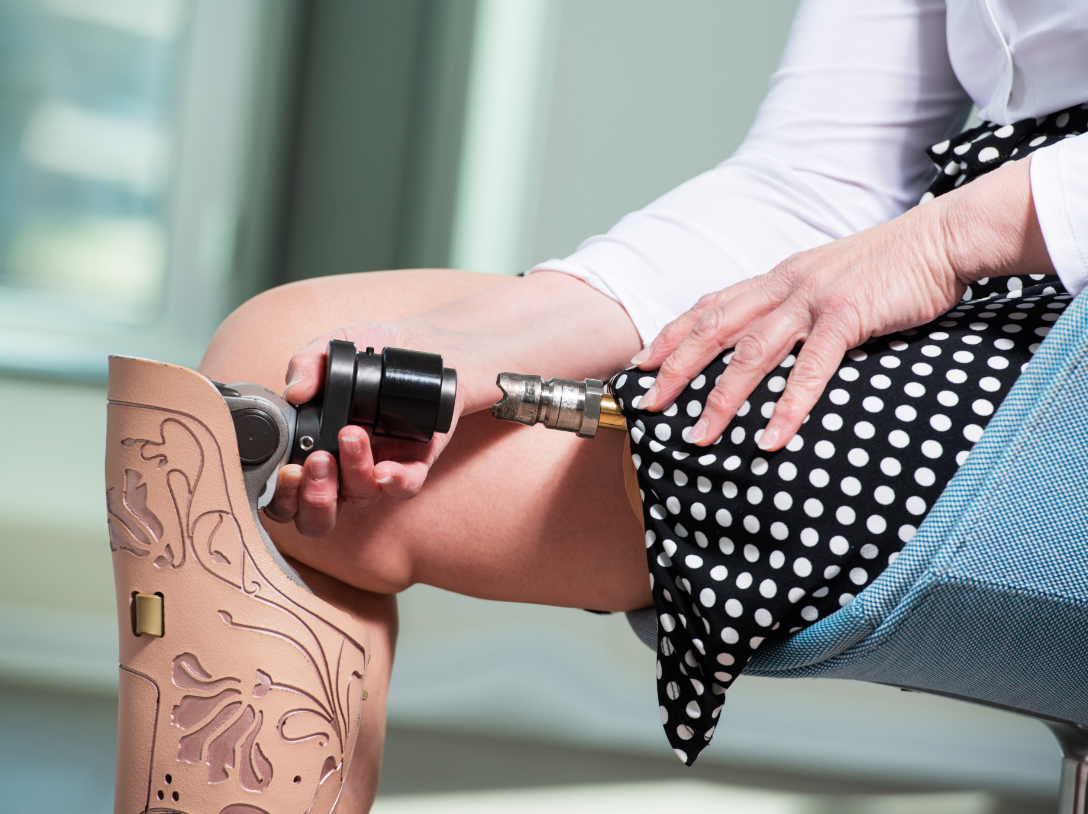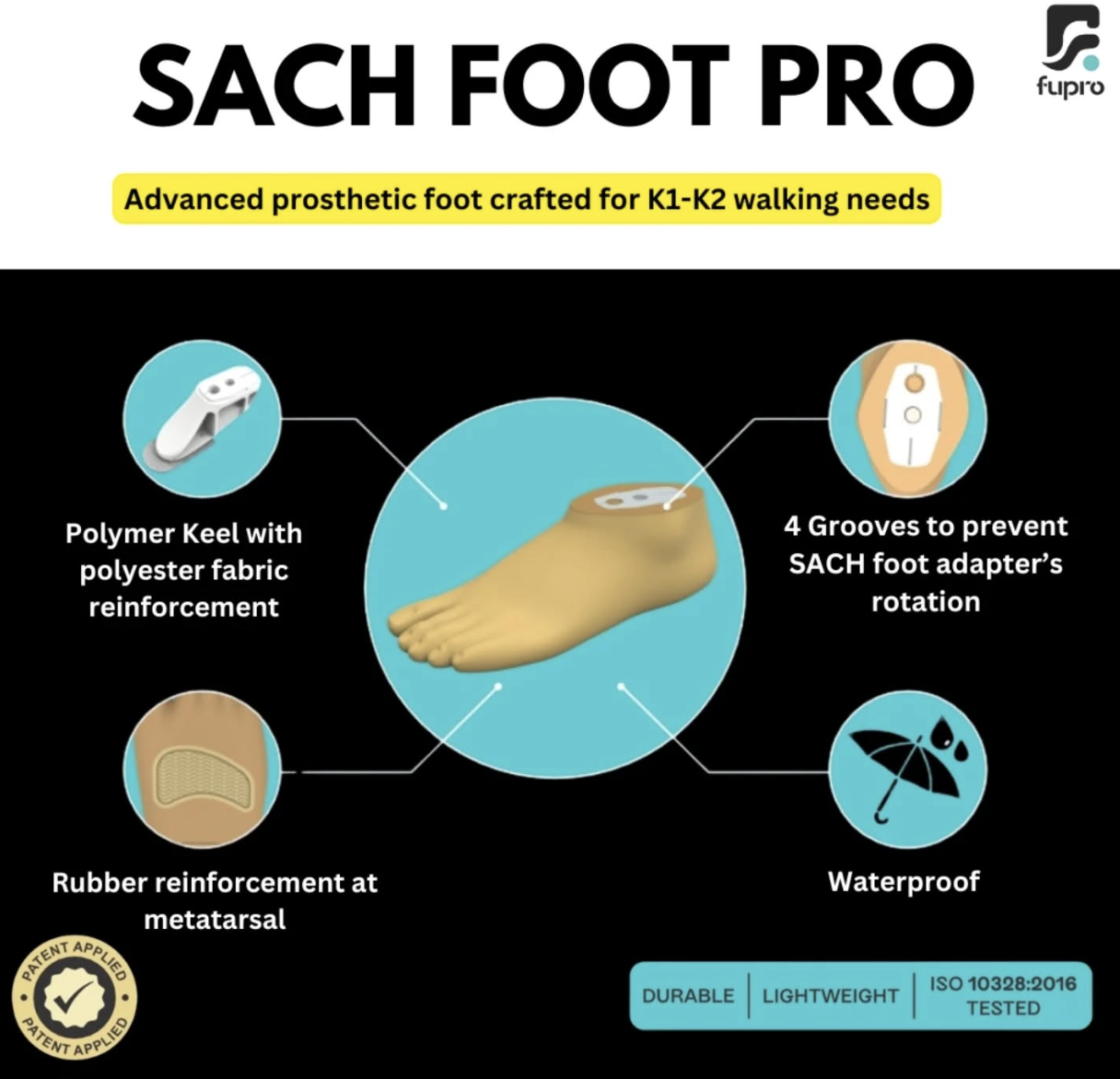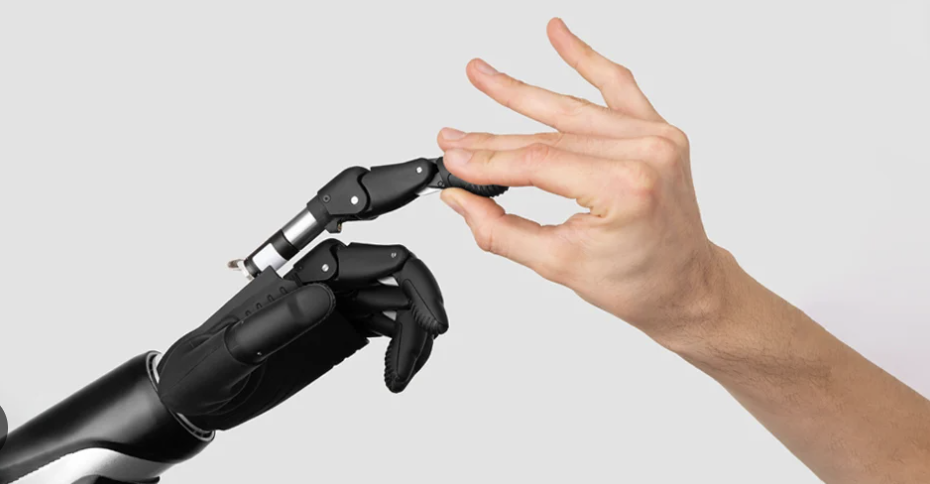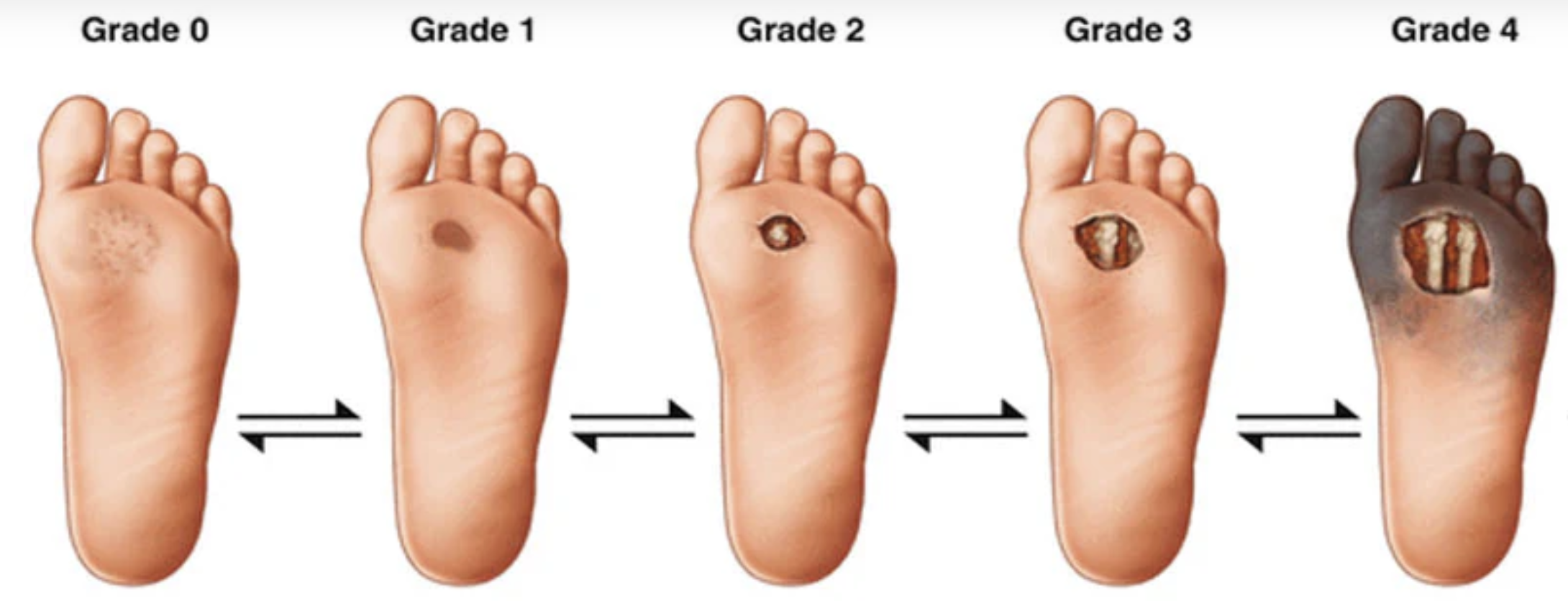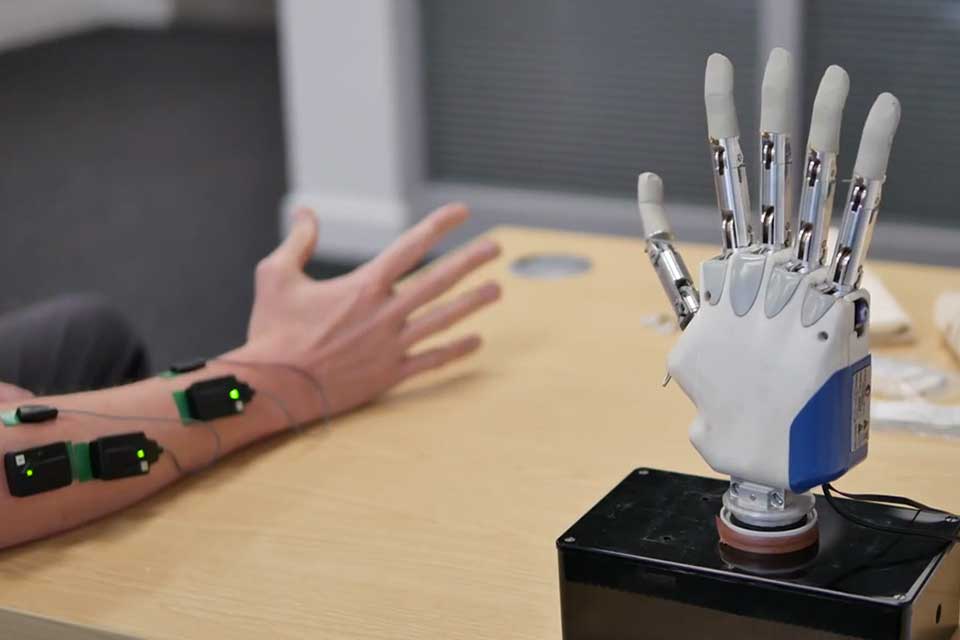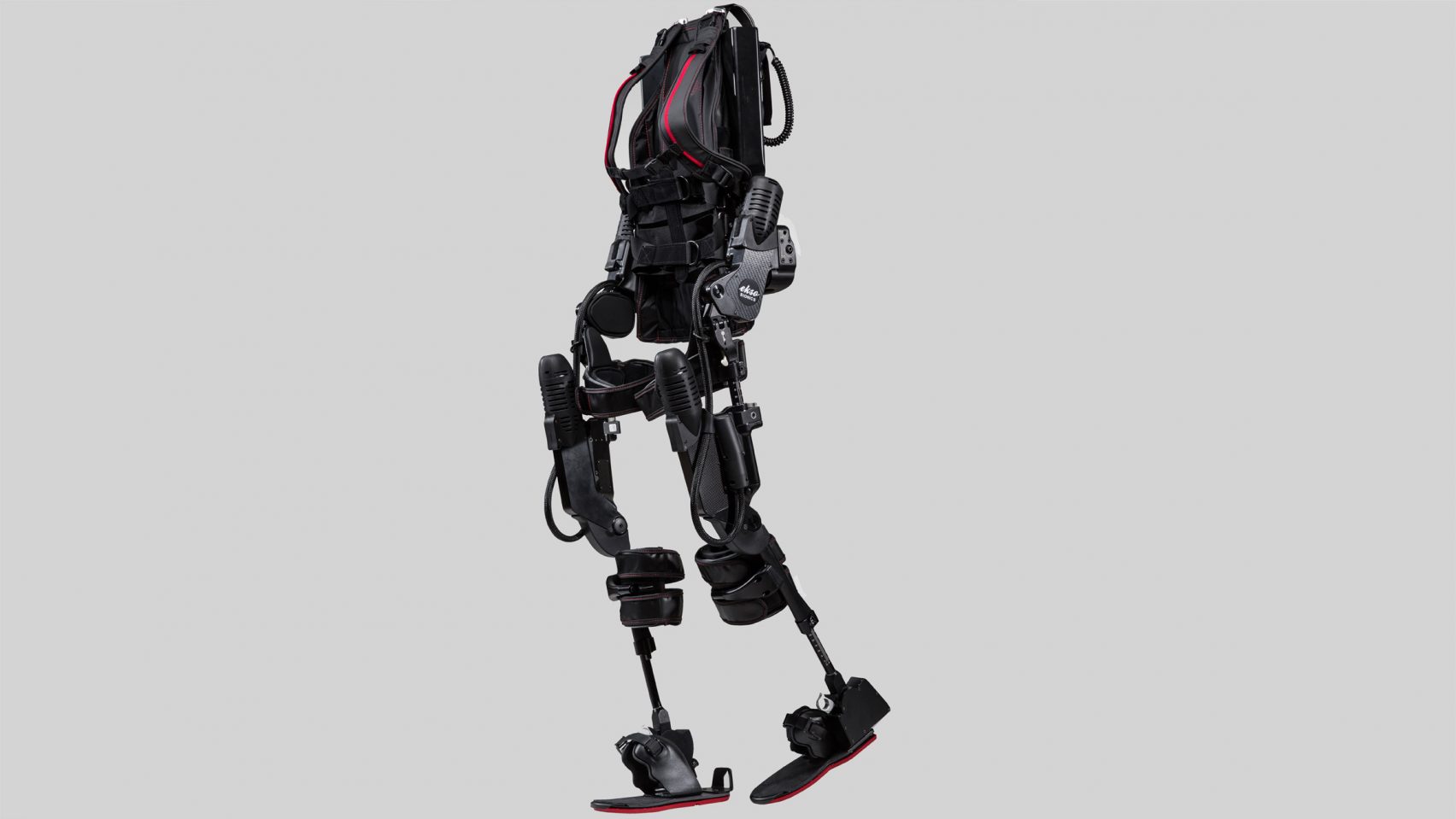It has been nearly four years since the FDA conditionally approved osseointegration surgery (OI) for American amputees. But while the procedure has generated tons of interest, it still hasn’t gained widespread adoption—in part due to the scarcity of outcomes data. Earlier this year, University of Pittsburgh researchers conducted a systematic review of 38 peer-reviewed studies about OI’s clinical effectiveness, safety, costs, and impact on patient quality of life. The full paper is available online at Frontiers in Rehabilitation Science, under the bulky title “Bone-anchored prostheses for transfemoral amputation: a systematic review of outcomes, complications, patient experiences, and cost-effectiveness.“
Before we dive into the findings, a quick word on scope. The 38 studies examined in this paper were culled from an initial set of 132 investigations of osseointegration outcomes, with exclusions based on methodology, patient overlap/duplication, and other criteria. In the aggregate, the study set encompasses a few hundred patients—a significant chunk of the entire population of transfemoral OI amputees, which constitutes only a few thousand individuals worldwide. Most participants underwent OI surgery in their mid-40s, had unilateral transfemoral OI surgery, and lost limbs due to trauma. The interval between amputation and OI surgery varied from 10 months to 52 years. The studies included some of the earliest above-knee OI patients, who have been living with OI prostheses for up to 15 years.
Here’s a brief summary of the survey’s conclusions about OI outcomes.
Health-related quality of life
Patients reported significant quality of life improvements on the SF-36 (36-Item Short Form Health Survey) at post-op intervals ranging from one to ten years. Another standard metric, Q-TFA score (Questionnaire for Persons with a Transfemoral Amputation), showed health improvements from one year to 15 years post-OI surgery. Four studies explicitly compared OI patients with socket patients on the nine-component HRQoL (Health Related Quality of Life) metric, and three of those investigations found higher scores among the OI population. (The fourth study found equivalent scores between socket-based and OI prosthesis users.)
Mobility and prosthesis use
Per the Q-TFA questionnaire, OI patients reported significant increases in prosthesis use at intervals ranging from one to ten years. Data gathered via PLUS-M (Prosthetic Limb Users Survey of Mobility) revealed that OI patients report improved balance, functional capacity, and perceived mobility, as well as reduced time to don and doff their device. But the authors add an important note of caution regarding the mobility improvements suggested by these data: “Socket prosthesis users who do not face significant challenges with their sockets and already have a higher degree of mobility may not benefit as much, even if they opt for bone-anchored implants for prosthesis fixation. . . . Individuals who are successful prosthesis users with a socket prosthesis are generally not considered candidates for bone-anchored prostheses.”
Complications
Not surprisingly, infection is the most commonly reported complication of OI surgery. The good news is that the vast majority of these are superficial (ie, soft-tissue) infections that respond readily to minimally invasive treatment (antibiotics and/or debridement). Deeper, bone-level infections are considered rare; one study estimated the cumulative risk at 20 percent over a 10-year period. Breakage of external components was fairly common but easily dealt with. More serious mechanical complications, such as loosening, breakage, or failure of the implant itself, were found to be slightly less common in press-fit (ILP or OPL) implants than in screw-type (OPRA) implants. Two studies measuring outright patient rejection—ie, the removal of the implant—found that about 10 percent of OI amputees return to socket-based prostheses over a ten-year period. Finally, a retrospective outcomes study involving 485 OI patients found that no patients died during OI surgery or due to complications directly related to the surgery.
The Bottom Line
“Overall, bone-anchored implants that enable the direct attachment of prosthetic devices for individuals with transfemoral amputation who have failed conventional socket suspension systems show promising results,” the authors conclude. “Those who have been fitted with these implants consistently report improvements in quality of life, mobility, satisfaction with the prosthesis, and an overall improvement in situation as a person with an amputation. . . . Most advantages of bone-anchored prostheses can be expected within the first 2 years and are maintained beyond that.”
They add that future studies should address outcomes not addressed by the 38 studies in this survey, including the OI patients’ mental health, employment status, interpersonal relationships, and caregiver impacts.
